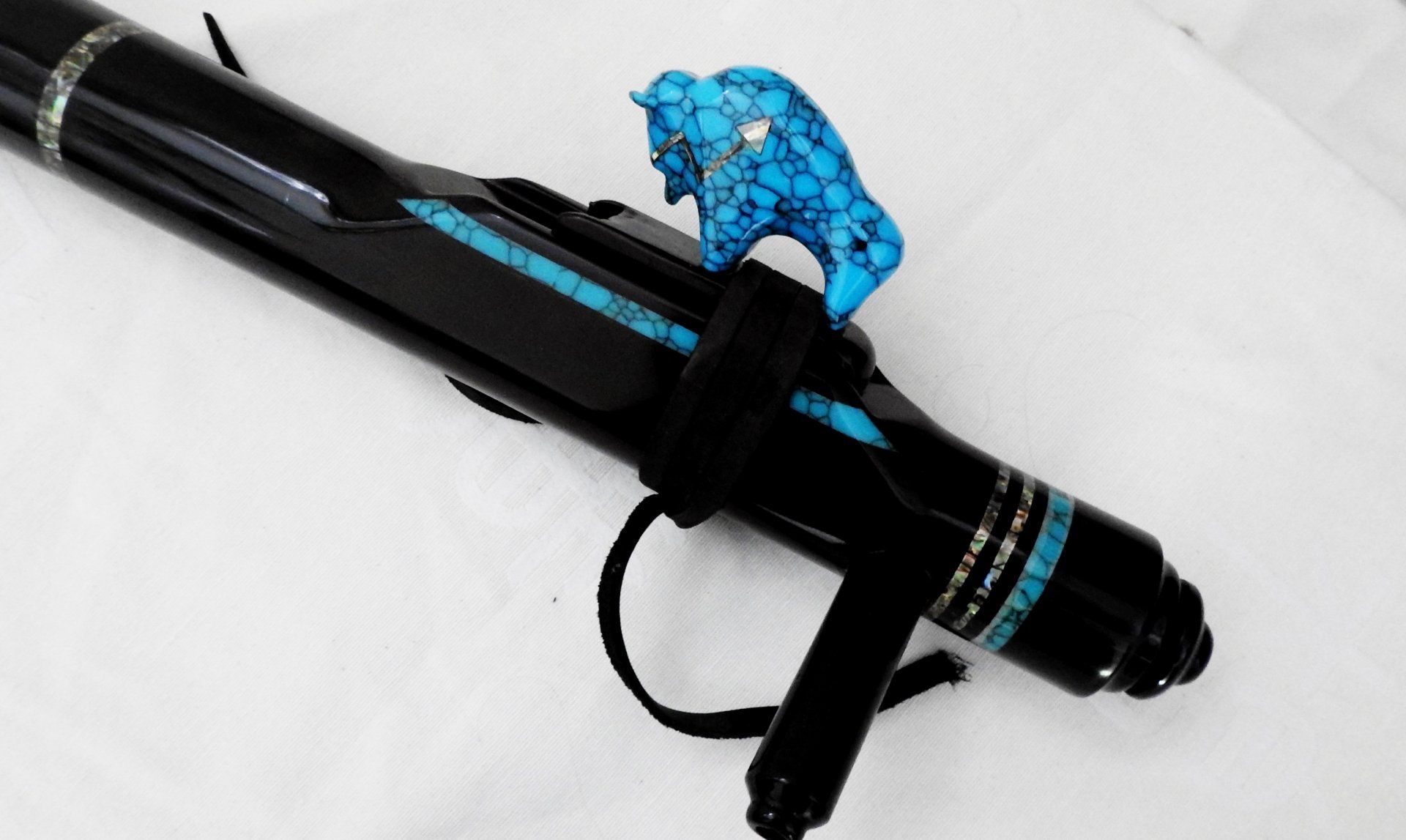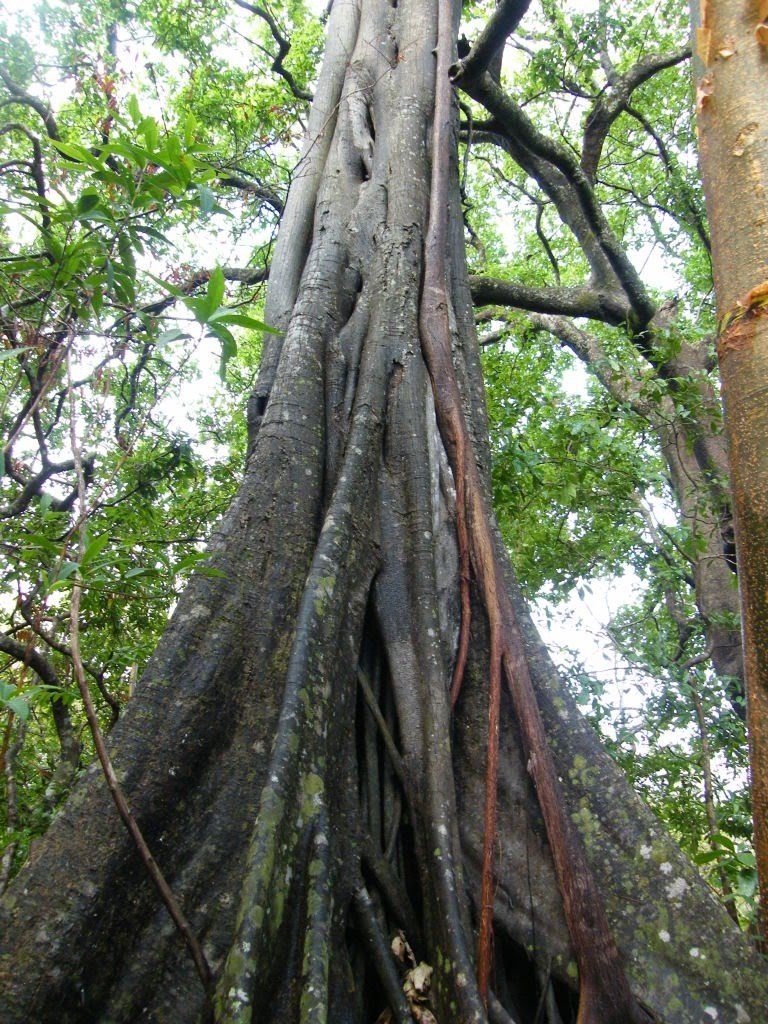Brent Adams-Woodsound flutes
If flute makers themselves can tell about their work that is
the nicest thing to see. The passion and craftsmanship that has been developed by them over the years
and enthusiasm for their craft while sitting in their workshop.
2015 Nr. 047 Am

This bass flute is made with my favorite stone Tuquroise.
You often see this stone in Indian jewelry in combination with silver, it is a soft stone that is attributed a healing effect. It was first discovered in Turkey, hence the name, but was used by the Indians long before that.

The flute can be played on the side and has been adapted to play with my right hand on the top. The top of the flute has a cap that you can remove to let the moisture out of the flute. The Inlay Is Made Of Abalone Shell

The wood of the flute
Ebony is an evergreen tree that belongs to the ebony family. There are three types of ebony: Ceylon, Gabon and Makassar ebony. They are found in Sri Lanka, India, West Africa and Indonesia. Ebony tree grows on fertile, moist soil, in tropical rainforests, usually at the lower elevations. The number of ebony trees in the wild is declining due to over-harvesting of these plants from their natural habitat. Ebony from Gabon is already on the endangered species list.
Interesting Ebony Facts: Ebony can grow 65 to 98 feet in height.
The bark of the ebony tree is dark gray colored and scaly. It is often covered with mosses and lichens. Ebony has elongated, ovate or lanceolate leaves. Ebony produces separate male and female flowers on the same tree (monoecious plant). Ebony flowers in the spring. Flowers are small but fragrant. Botanically, the fruit of the ebony tree belongs to the group of berries. Ebony is an important food source for wildlife. Elephants, rhinoceroses and giraffes feed on leaves, while velvet monkeys, baboons and warthogs like to eat ebony fruit. Ebony produces extremely hard and dense heartwood. Unlike many other woods, ebony cannot float on the surface of the water (it sinks). The heartwood of ebony is black or brownish (chocolate brown) in color. † Ebony bark can be used as a source of dark blue pigment used for painting fabric. It reaches maturity between 60 and 200 years.



